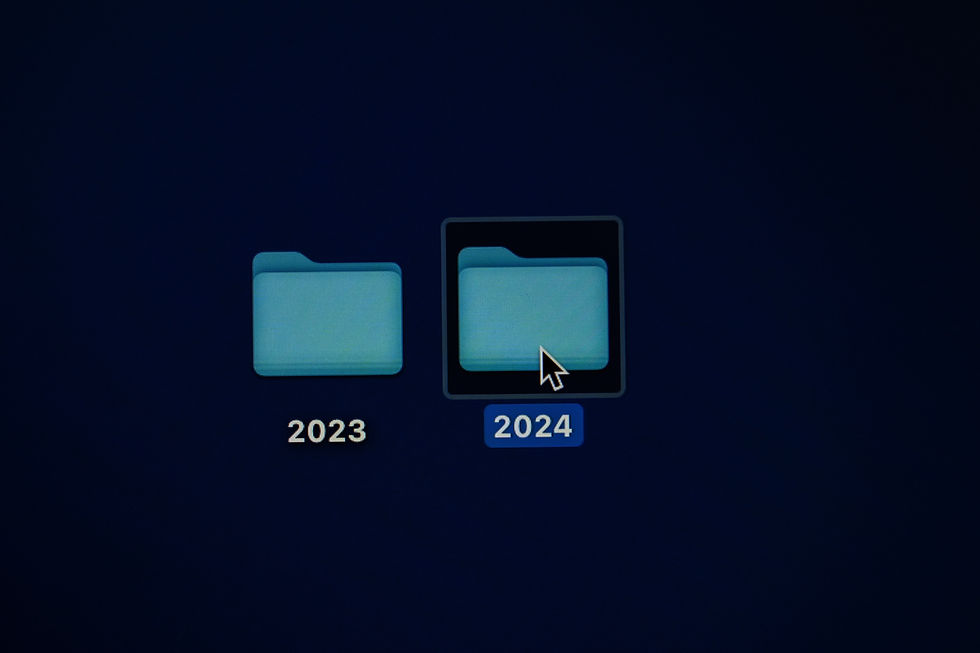Three Reasons Teens Can't Resist Their Screens
- Diana Graber
- Apr 12, 2023
- 4 min read

The first time I noticed how screens can interfere with a truly incredible real-life experience was in 1990. I didn’t have children of my own yet, nor did I teach other people’s kids. Back then I was the director of marketing and television for Surfer Publications (the job was as awesome as it sounds), and one August afternoon found myself on a plane with my soon-to-be husband and four professional snowboarders, headed to the ski slopes of New Zealand’s South Island to shoot an episode of Snowboarder TV, a series we produced for ESPN.
During our flight from Auckland to Queenstown, we flew over New Zealand’s magnificent Southern Alps. It was a gorgeous winter’s day with not a cloud in sight, highly unusual for this mountain range. With my face pressed against the cold window, I marveled at the icy spires and vast glaciers that appeared close enough to touch. Suddenly, the massive 12,349-foot Mt. Cook appeared in view, its icy flanks piercing the cobalt-blue sky. It was incredible and undoubtedly one of the most spectacular sights I’ve ever witnessed.
Appreciating the rarity of the day, the pilot of our small aircraft opened the door leading to the cockpit, so the dozen or so passengers could enjoy more of this breathtaking view. But the snowboarders, all young males in their late teens and early twenties, missed the whole damn thing. Instead of taking in this once-in-a-lifetime spectacle, each one of them was bent over the popular handheld device of the time, the Nintendo Game Boy, busy at play and oblivious to the world beyond their screens.
“How strange,” I remember thinking.
Fast Forward to Today
What I found so strange three decades ago is as common as it gets today, thanks primarily to the ubiquity of the smartphone.
It’s a tough enough device to resist when one has a fully functional frontal cortex, which, presumably, most adults do. But teens don’t have this biological advantage. And if that isn’t enough of a handicap, a trifecta of other factors converge during the teenage years that makes this age group particularly vulnerable to the smartphone’s charms. Here is how they are disadvantaged:
Disadvantage #1
First, beginning in early adolescence and peaking midway through, teens experience an increase in the activity of the neural circuits that use dopamine. This is why teens gravitate toward substances and experiences that yield rewards, such as social media “likes” and text message pings. During an experiment conducted at UCLA’s Ahmanson-Lovelace Brain Mapping Center, researchers showed thirty-two teenagers’ photographs on a computer screen for twelve minutes and analyzed their brain activity, using functional magnetic resonance imaging, or fMRI.1 Each photo displayed the number of “likes” it had supposedly received from other teenage participants (in reality, the researchers assigned these “likes”). When the teens saw their own photos with a high number of “likes,” researchers observed increased activity in their brain’s reward circuitry, a region that researchers say is particularly sensitive during adolescence.
Disadvantage #2
Second, in addition to experiencing pleasure from internet activities, teens are more easily addicted to that pleasure than adults. In her book The Teenage Brain, Dr. Frances Jensen explains that teens learn behaviors more quickly than adults, and addiction is a form of learning.2 This efficiency for learning a behavior that could later become an addiction has been observed in adolescents who smoke cigarettes. Teens who smoke cigarettes show higher rates of tobacco addiction than adults who smoke the same amount.3
Disadvantage #3
Finally, compulsive or addictive behavior can hijack the brain’s ability to access the judgment center in the frontal cortex. That’s the part of the brain that should be asking, “How important is this text?” or “Do I need to check TikTok every five minutes?” Since a person’s judgment center is not fully operational until the age of twenty-five, youth are already disadvantaged when making sound decisions. Most car rental car companies know this, which is why twenty-five is the minimum age to rent a car.4
An Unfair Fight
So, let’s add this up. First, kids receive a dopamine hit every time their phones announce and deliver rewards, which is often. Second, kids are more easily addicted to pleasurable experiences, like those delivered by phones, than adults. And third, kids lack the judgment to know when to put down or ignore their phones.
This hardly seems like a fair fight.

Excerpted from: Raising Humans in a Digital World: Helping Kids Build a Healthy Relationship with Technology, by Cyber Civics and Cyberwise founder Diana Graber.
References
Sherman, Lauren E., et al., “The Power of the Like in Adolescence,” Psycho- logical Science 27(7), May 31, 2016, pp. 1027–1035. http://journals.sagepub. com/doi/ abs/10.1177/0956797616645673#articleCitationDownloadContainer.
Jensen, Frances E. and Ellis Nutt, Amy, The Teenage Brain: A Neuroscientist’s Survival Guide to Raising Adolescents and Young Adults (Toronto: Harper- Collins, 2015).
Chambers, R. A., Taylor, J. R., and Potenza, M. N., “Developmental Neuro- circuitry of Motivation in Adolescence: A Critical Period of Addiction Vul- nerability,” American Journal of Psychiatry 160 (2003), pp. 1041–1052. https:// www.ncbi.nlm.nih.gov/pmc/articles/PMC2919168/.
Bergland, Christopher. “Why Is the Teen Brain so Vulnerable?” Psychology Today (December 19, 2013). https://www.psychologytoday.com/blog/the- athletes-way/201312/why-is-the-teen-brain-so-vulnerable.













